Ever feel like your AI art still looks a little too… AI?
Let’s be honest: everyone can type “photorealistic woman, detailed, 8K” into Midjourney. But if you’ve ever grumbled as the AI handed back something that looked more like a wax figure than a real person, you know there’s a gap between a basic prompt and pro-level art.
Getting Midjourney to output truly convincing photorealism isn’t about luck – it’s about technique. After testing thousands of prompts and dissecting what actually works, we’ve narrowed it down to seven advanced methods that deliver stunning, believable results. No magic spells – just smart, repeatable strategies.
1. Ditch Generic Words—Use Specific Camera & Lens Names
❌ Weak Prompt:photorealistic portrait of a man, detailed, sharp focus
✅ Pro Prompt:portrait of a thoughtful old fisherman, weathered face, wearing a rain-soaked sweater, shot on a Leica Summilux 50mm f/1.4, natural overcast light, textural skin detail, photorealistic, 8k --style raw --ar 2:3
Why It Works:
Midjourney understands camera and lens names. Including specific gear tells the AI not just what to show, but how to see it. A “Canon 85mm f/1.2” gives shallow depth of field. A “Sony A7R IV” implies extreme resolution. This is the single biggest leap from amateur to pro output.
2. Master Lighting Cues—It’s Not Just “Studio Light”
Lighting can make or break realism. Avoid generic terms. Instead, use:
Rembrandt lightingdappled sunlight through leavesgolden hour, long shadowscinematic rim lightingsoft overcast daylightneon glow at night, wet streets
Example:a woman laughing in a cafe, candid, shot on 35mm film, warm afternoon light pouring through window, slight lens flare, photorealistic --ar 4:5
3. Add Imperfections—Because Nothing’s Perfect
Real life isn’t flawless. Clean = CGI. Messy = believable.
Add:
frecklessweat on skinflyaway hairssubtle skin texturewrinkles around eyesdust particles in airslight motion blur
4. Use --style raw for Unfiltered Realism
Midjourney’s default style can over-polish images. The --style raw parameter reduces its internal “stylization,” giving you more control and grittier, less AI-looking results.
Ideal for:
- Documentary-style photos
- Raw emotional portraits
- gritty urban environments
5. Weight Your Terms for Precision (::)
Use :: to emphasize what matters.
Example:cyberpunk street vendor at night::1.4, neon signs::1.2, rainy pavement::1.1, futuristic clothing::1.0
The numbers assign importance. Here, the vendor and neon signs are prioritized over clothing.
6. Negative Prompts Are Your Best Friend
Tell Midjourney what not to do:
--no plastic, shiny, cartoon, anime, deformed, blurry, smooth skin
This is especially crucial for avoiding that classic “AI look”: overly smooth surfaces and doll-like features.
7. Test, Refine, and Use Vary (Subtle)
Don’t settle for the first grid. Use the Vary (Subtle) button to make small changes to your best image – adjusting eyes, expression, or lighting without starting from scratch.
The Realistic Bottom Line
Midjourney is powerful, but it’s not a mind reader. The key to photorealism isn’t one secret prompt – it’s understanding how to communicate like a photographer, not a prompt engineer. Specify your lens. Design your light. Embrace the grit. Your results will not just improve – they’ll transform.
Now go make something real.
Sources:
- Midjourney Official Documentation
- “The Photographer’s Guide to Prompting” – AI Art Weekly
- “Why ‘–style raw’ Changes Everything” – Generative Today


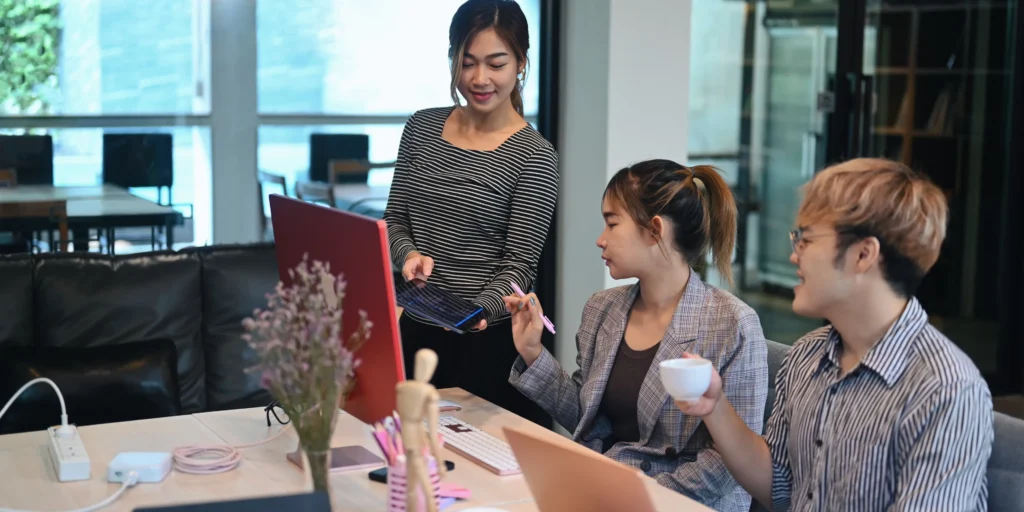
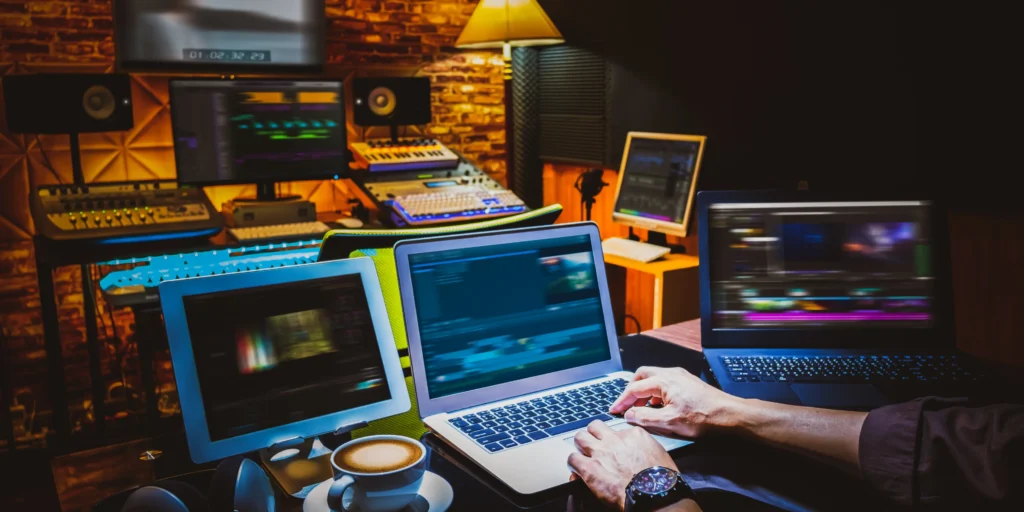
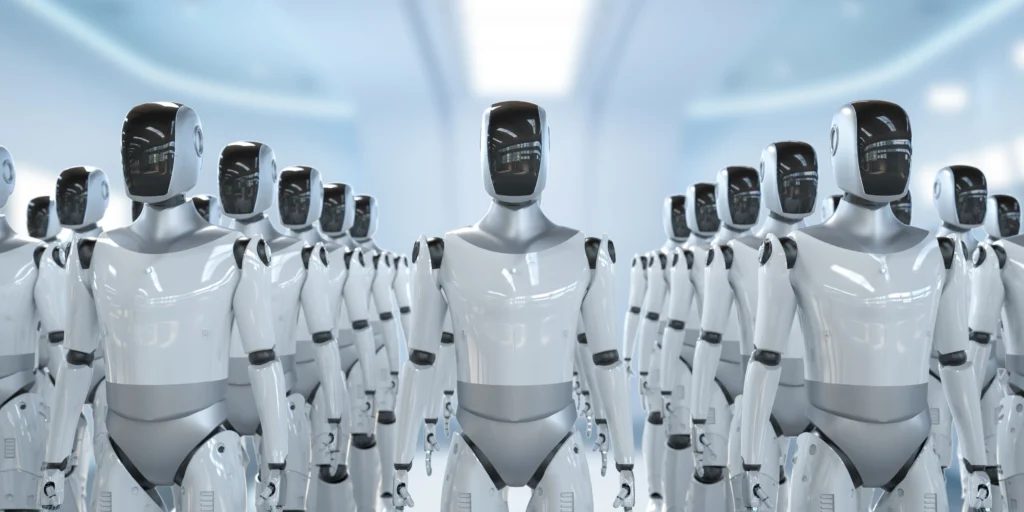
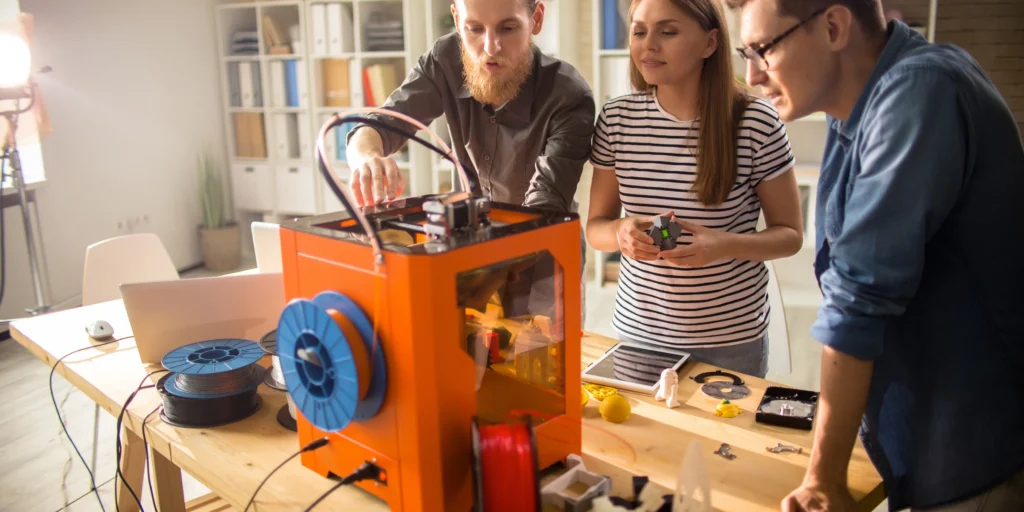
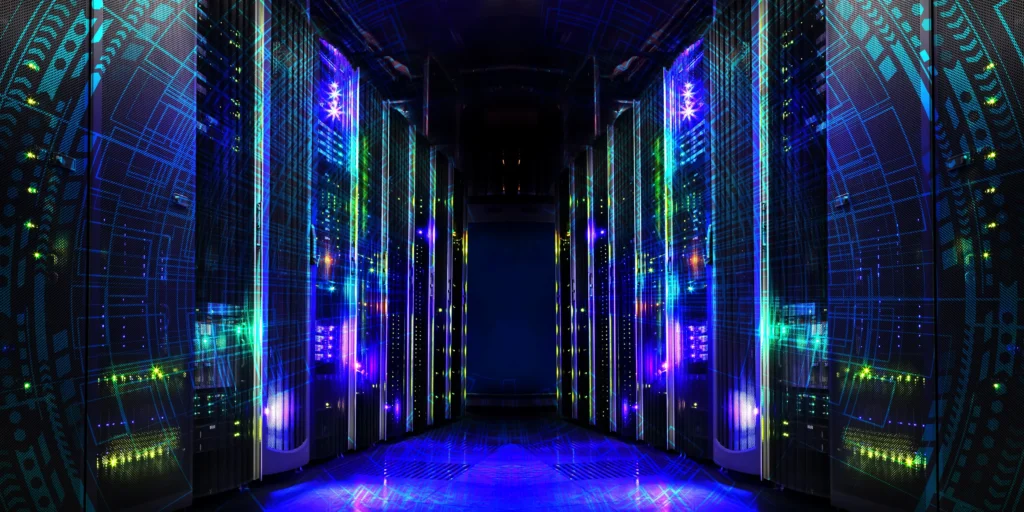
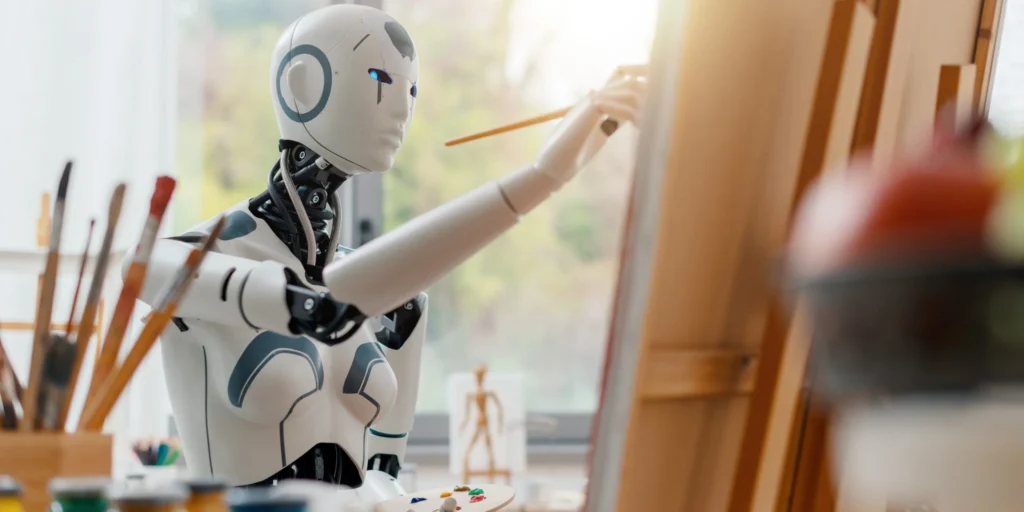
Leave a Reply